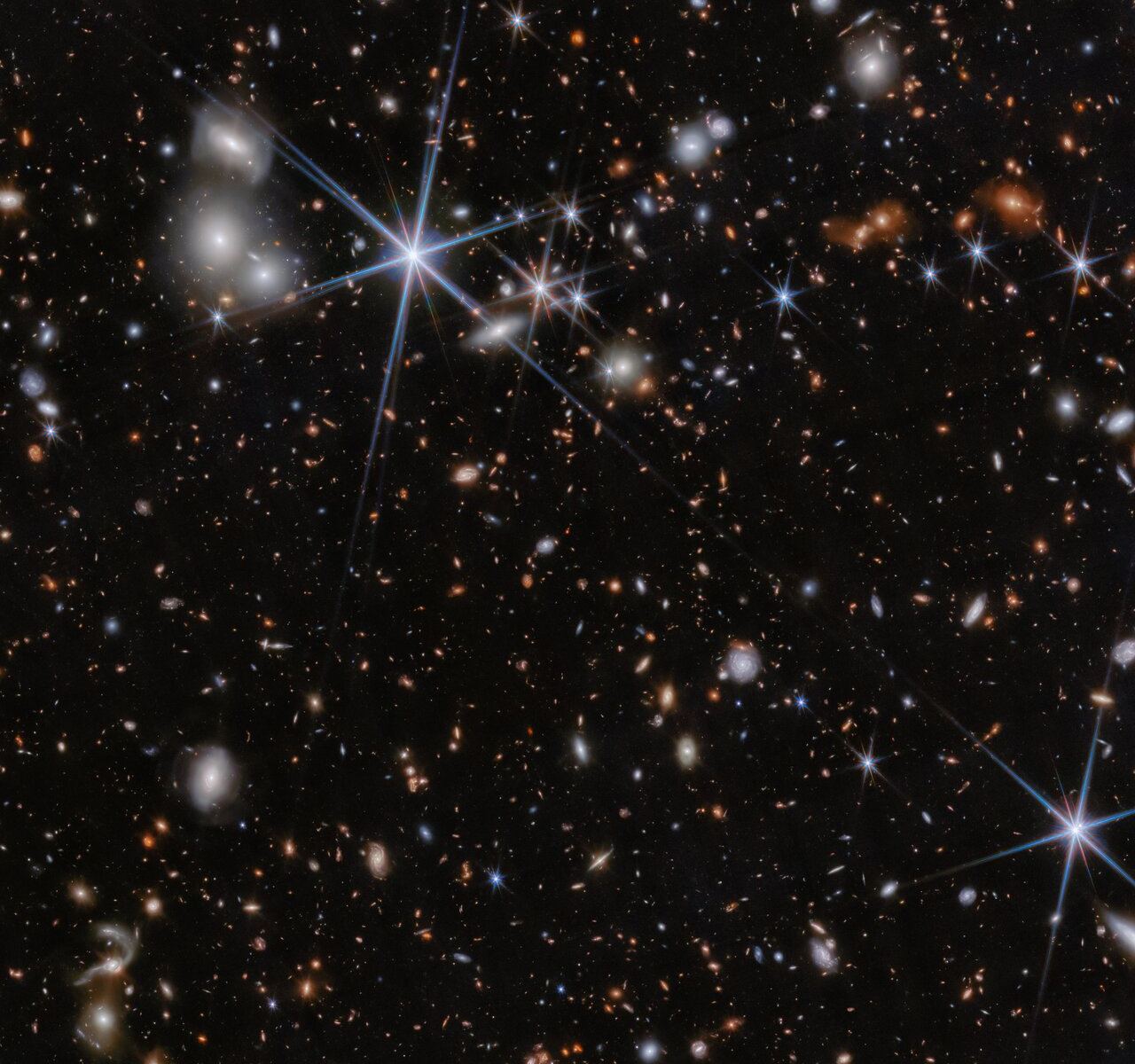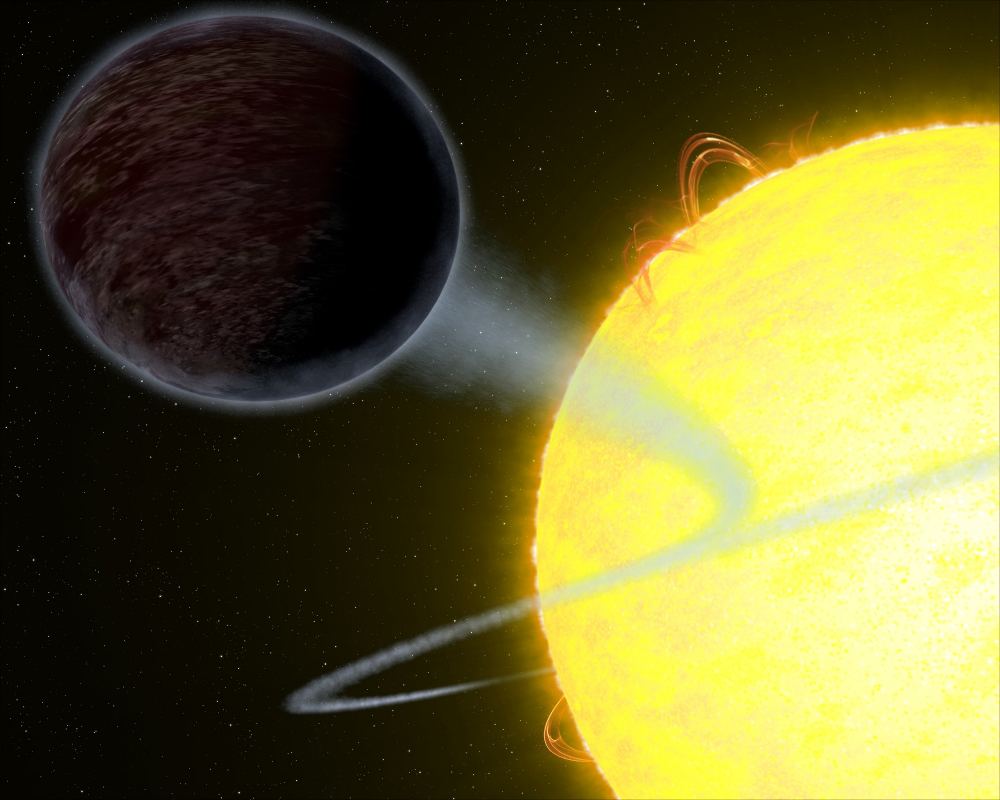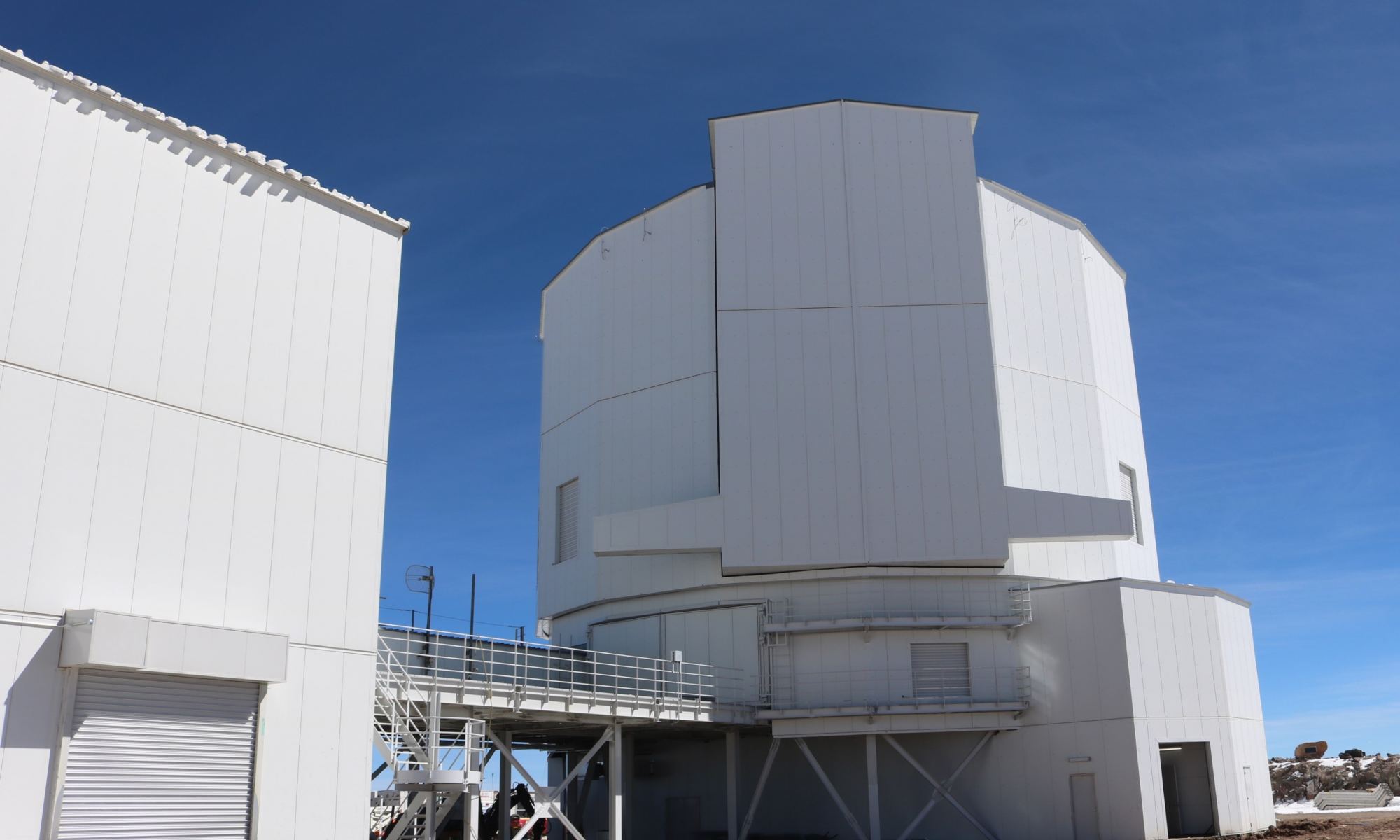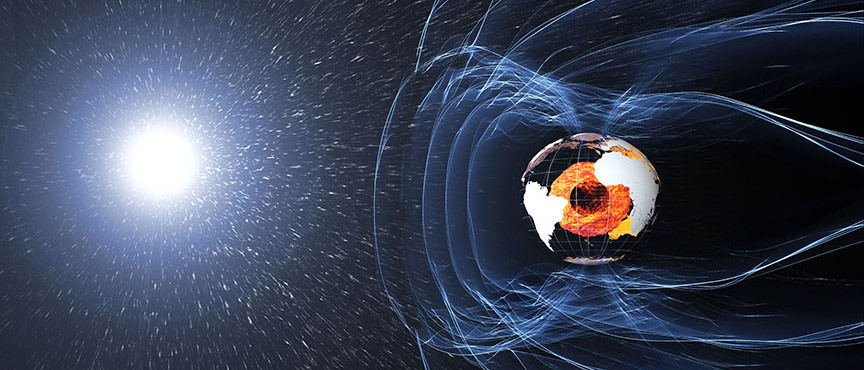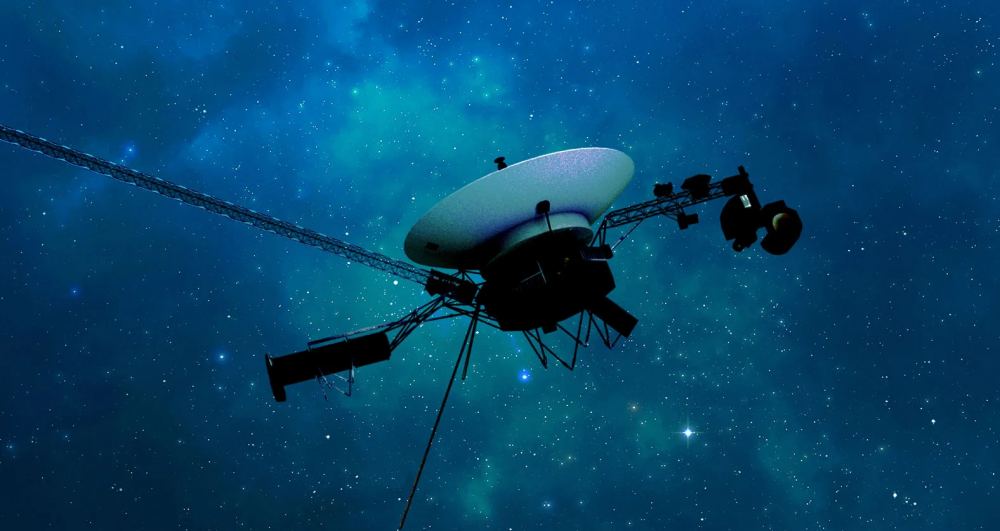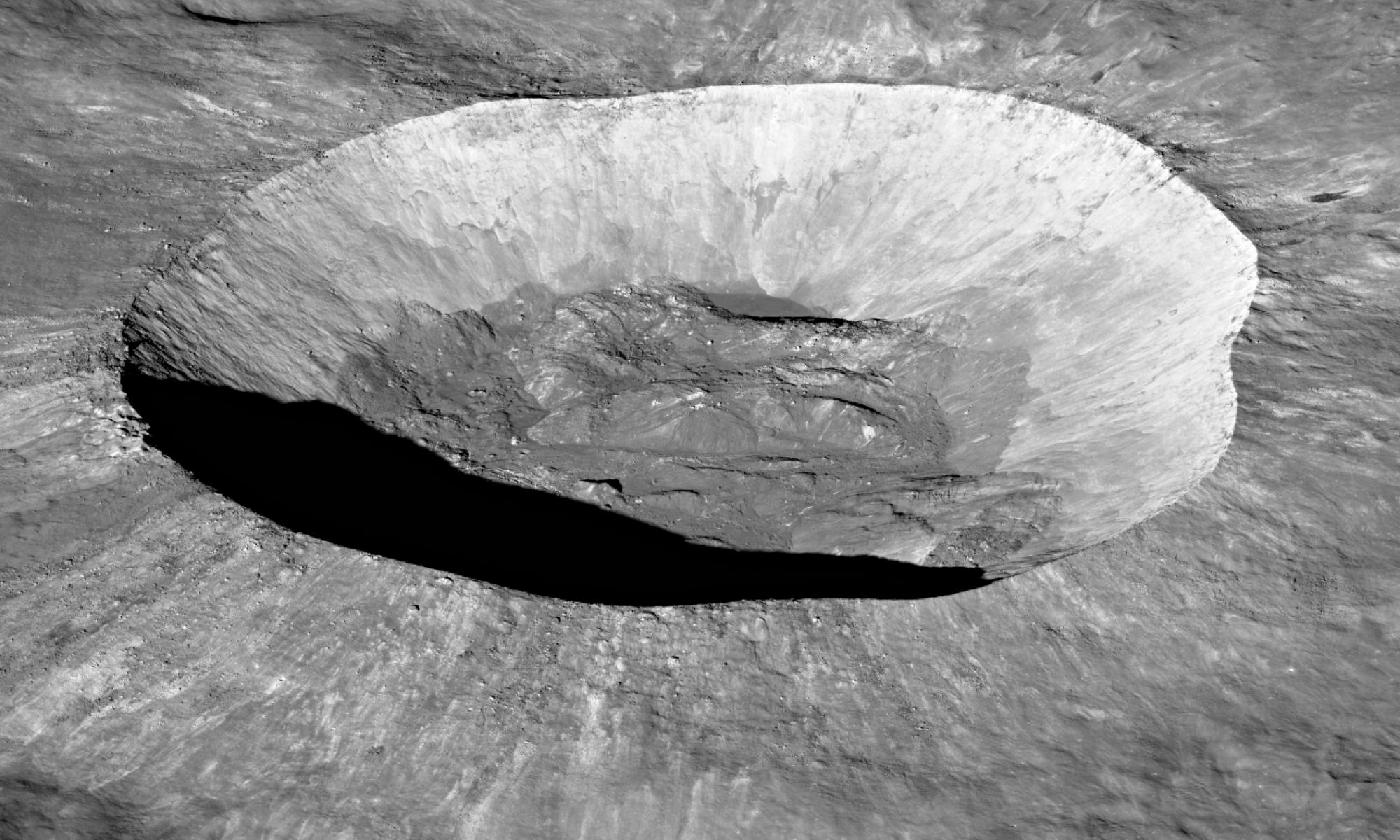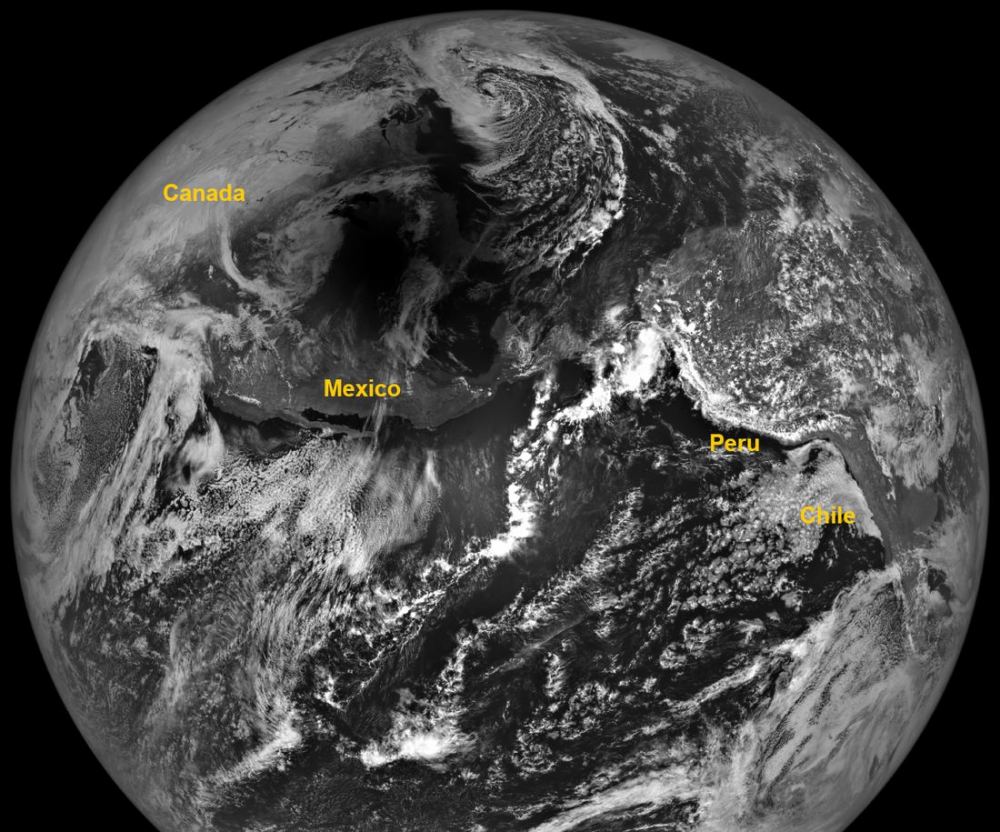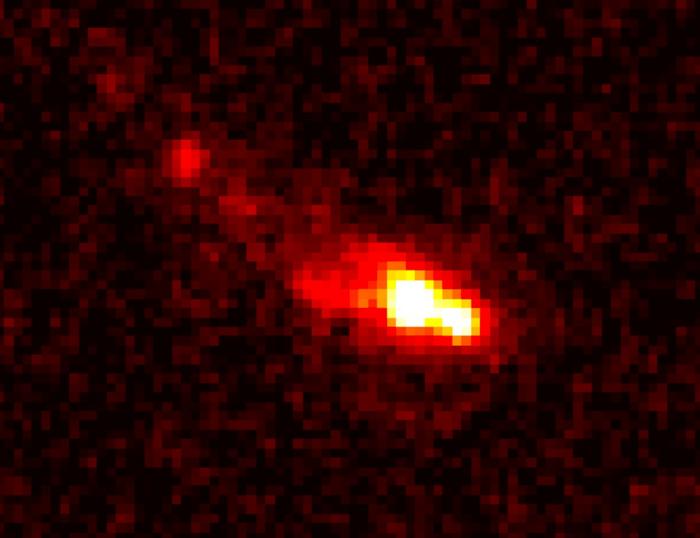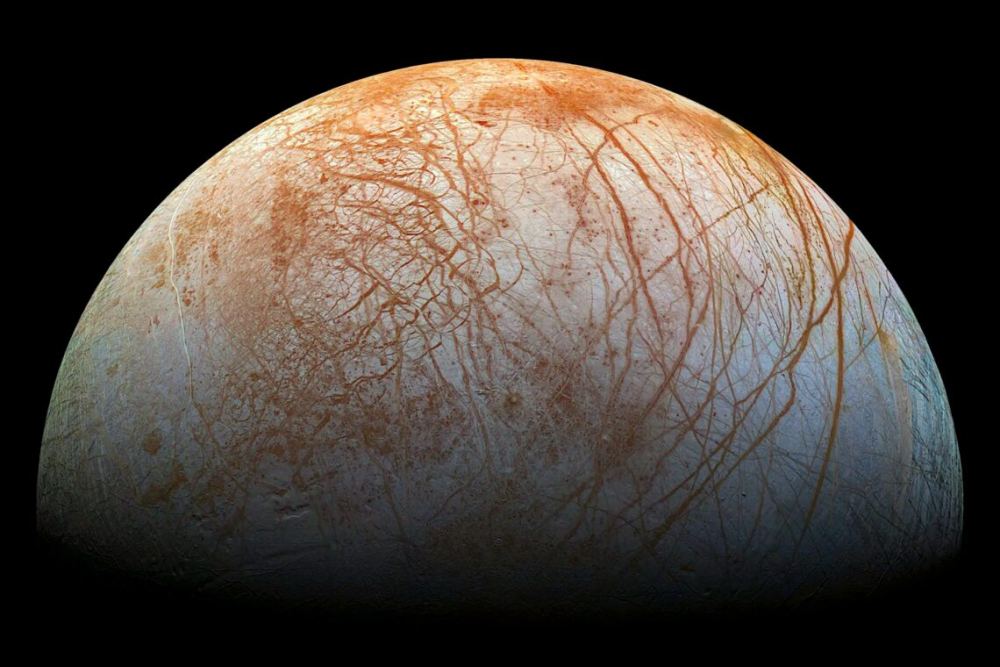A long time ago, in two galaxies far, far away, two massive black holes merged. This happened when the Universe was only 740 million years old. A team of astronomers used JWST to study this event, the most distant (and earliest) detection of a black hole merger ever.
Continue reading “Webb Sees Black Holes Merging Near the Beginning of Time”Webb Sees Black Holes Merging Near the Beginning of Time
